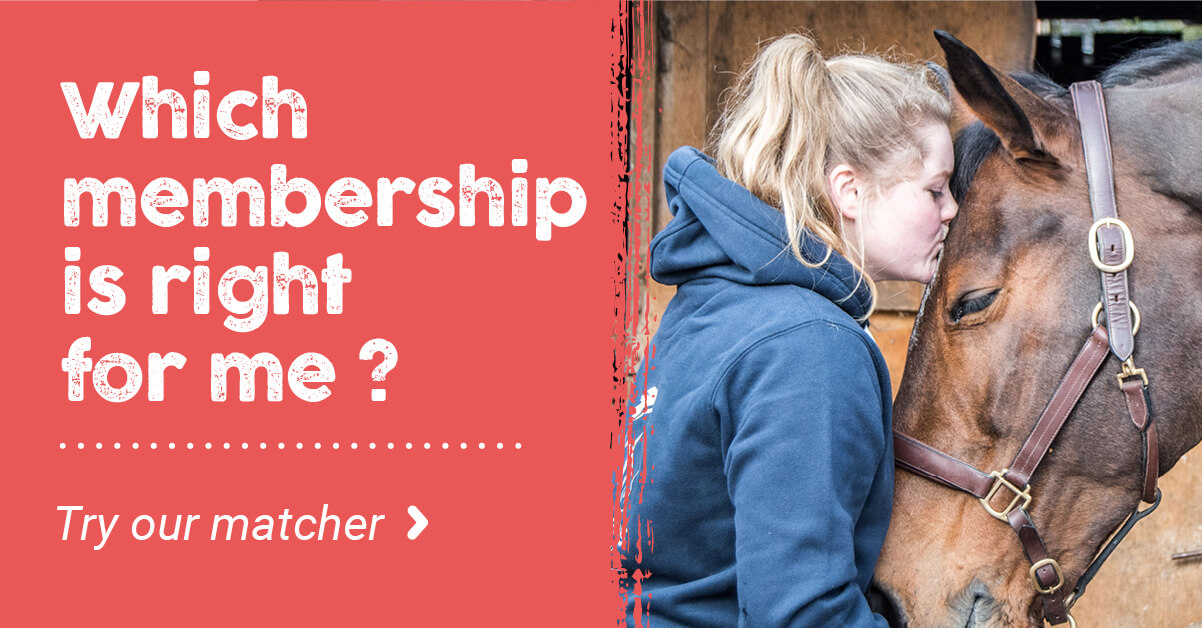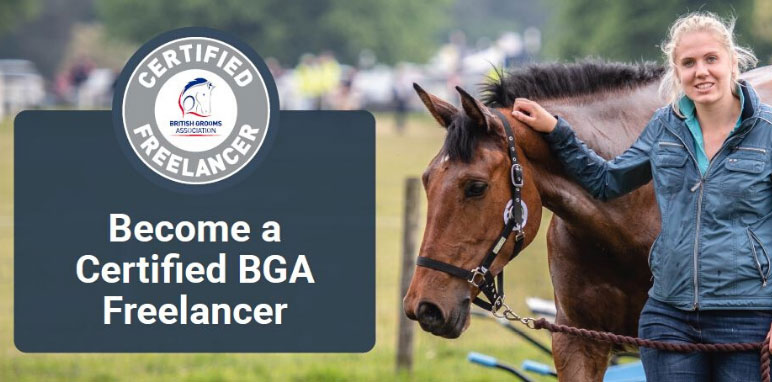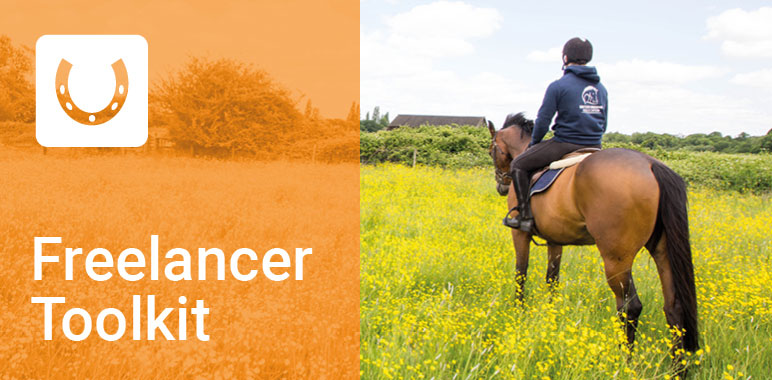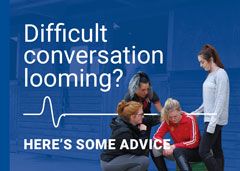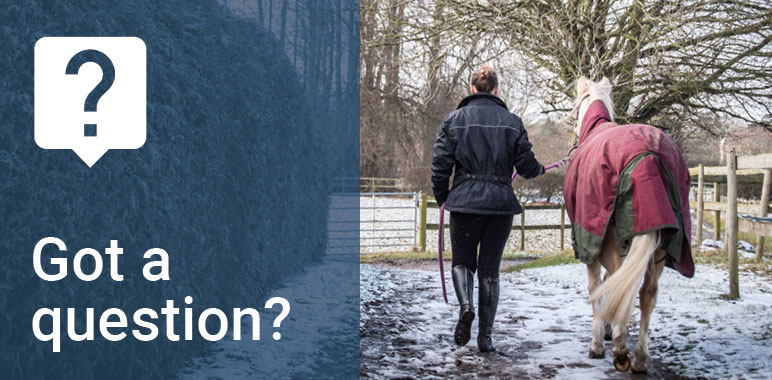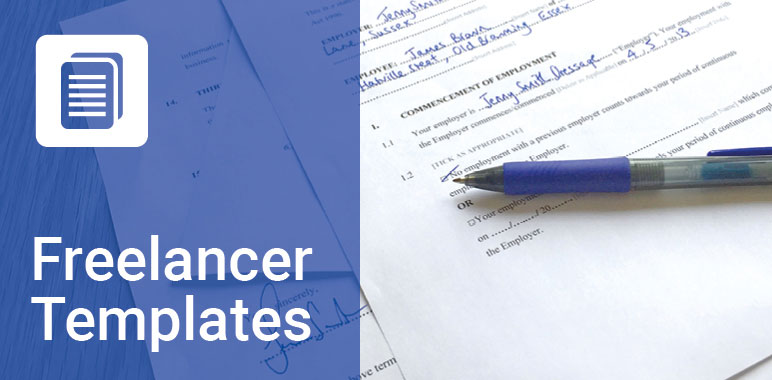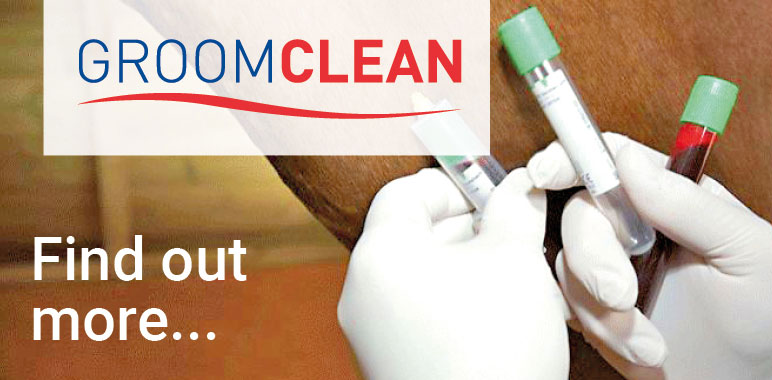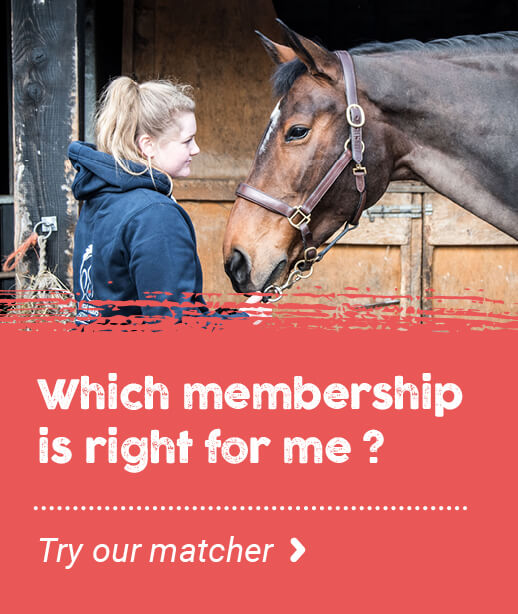- Join Now
- Login
- Member Zone
- Your Career
- Freelancing
- International Grooms Association
- BGA Training
- Healthy Yard Healthy Horses
- Transporting horses
- Brexit
- Safe workplace
- Student Zone
- Member Discounts
- BG Magazine
- Member services
- My employment
- Am I employed correctly
- Grooms Minds
- Safeguarding
- Legal Helpline
- BGA guide to the National Minimum Wage
- Training & Careers
- BGA CV Creator
- Horse groom training
- Where to Train
- BGA E Learning
- Career choices
- Change to Racing
- First Aid training for grooms
- Parents
- Grooms Jobs
- Grooms Life
- About
- News
- Contact

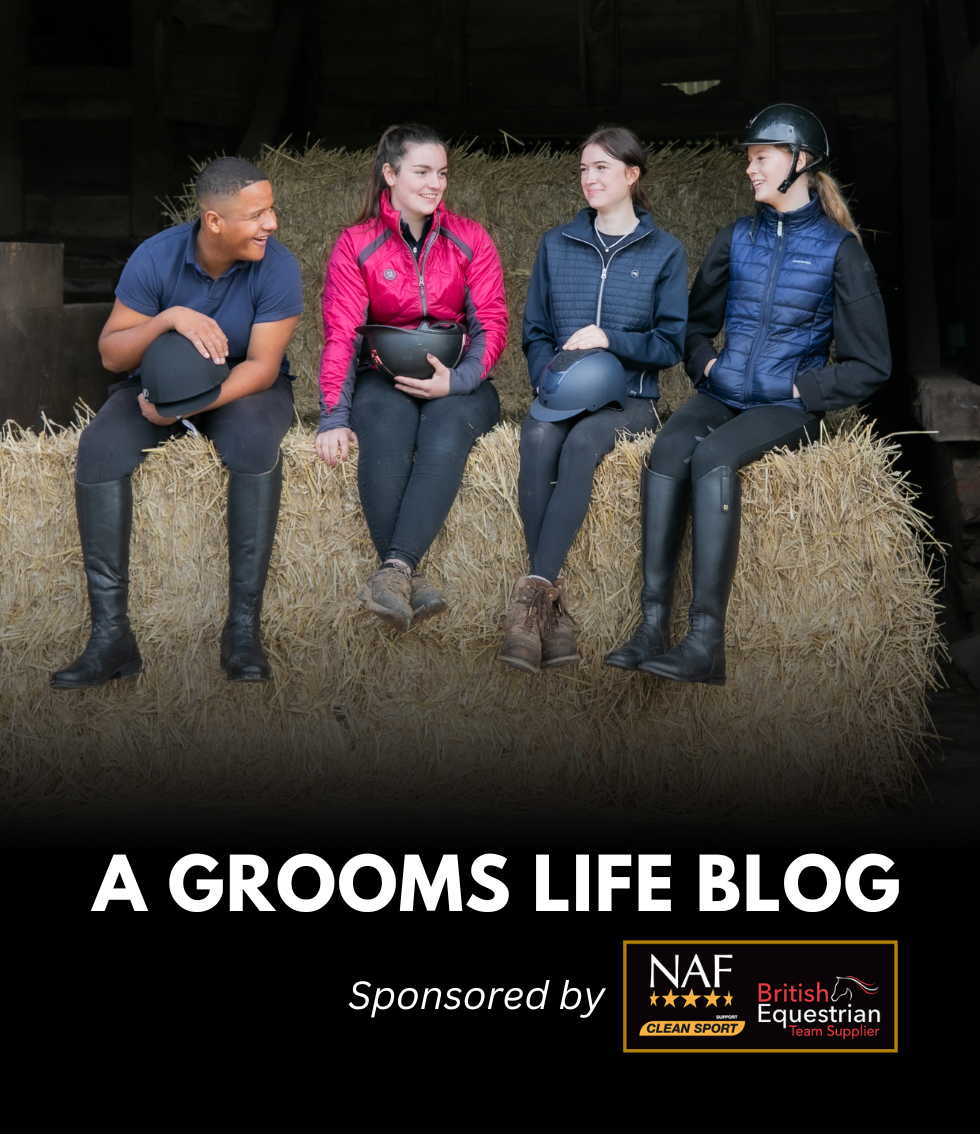
There’s the age old saying ‘no foot no horse’ which is very true, I also think this is true for legs. If you really think about how fragile the horses legs are and the stresses we put them under its really quite scary, so its our job to do everything we can to help prevent injury, wear and tear on the limbs. What if horses are born with a certain amount of jumps, twists, turns, spooks, bucks before their legs inevitably get injured? Are some horses genetically predisposed to weaknesses or injury? How much does conformation play a part in injury? Or do all horses have as much chance as the next of injury? All of these questions have had vast and extensive research done to help us try and understand better how we can help to aid recovery of injuries and also hopefully prevent injury happening in the first place. As grooms we play a vital role in helping to ensure the horses in our care remain injury free. I always get to know the horses legs, I check them probably more than is healthy, but small and subtle changes are so easily missed or overlooked, so get to know what lumps and bumps (if any) are normal. Some horses’ legs fill overnight, or if stood in for long periods, so if you are unsure then check if this normal for that horse. So how can we help to try and keep legs healthy and injury free? Use boots or bandages for exercise to help support the legs. There are pros and cons to both. For example boots are quicker and easier to put on and take off, but maybe don’t give the level of support that bandages do. However badly applied bandages can be detrimental and cause more harm than good. If bandaging, it’s important to put pads underneath to prevent over tightening, make sure you apply them with even pressure and no rucks or lumps/bumps in the bandages or pads, never apply bandages to wet legs. Cooling legs after exercise Equine spas are brilliant but unfortunately pricey. These are great because they not only cool the legs with a consistent water temperature they also use salt water and have a massage function to help improve circulation and reduce swelling. As well as cold water options there are some great products available, such as ice boots. These are simple and easy to use and a lot less time consuming as you simply put the boots or the ice pack inserts into the freezer and then when needed take the out and put on the legs, they then stay on for roughly 15/20 minutes thus freeing you up to do other jobs. There are also cooling gels and clays. These work by drawing the heat away from the limbs and help to prevent swelling. A lot of the clays can then be bandaged over once dry to add additional support. The clays and gels then need to be washed off after a certain period of time, although this differs for each product. Whichever method you chose think about practicality and time constraints, for example if you are at shows some options aren’t always possible. Warming up properly is vital to help reduce injuries, increase mobility and elasticity in muscles which will help minimise stress and strain on tendons and ligaments. As well as warming up properly, cooling down is just as important, allowing the horses to stretch after strenuous exercise helps prevent lactic acid build up in muscles, proper walking off will help prevent muscle stiffness and ‘tieing up’. Doing fitness work properly and slowly after a break is imperative as muscle tone, strength and fitness will be lost even if only after a short time. Using stable bandages overnight and during the day for prolonged periods of stabling can help prevent filling/swelling. The same principles apply with stable bandages but always make sure you apply them correctly especially if being left on overnight and be sure to take them off check the legs and re apply them if they are then staying on during the day. It can be useful to get others to double check horse’s legs to make sure you haven’t missed anything. It’s so easy to miss subtle changes especially if you see them every day so a fresh pair of eyes might pick up on something you haven’t seen. Turn out as much as possible to keep the limbs moving and help promote blood flow to the area; obviously you don’t want them charging around though. We are lucky enough to have turnout sand pens for when the fields are to wet, these are a God send, the horses cans still be out and have controlled exercise, mooching about. Consider using boots to help support the legs during turnout but think about the style of boots as you want them to be breathable so the legs don’t sweat especially on hot days and make sure you check them regularly that they don’t rub. When we go away to shows I try and have the horses out of the stables as much as possible either hand walking or hand grazing. If your horse does get injured be sure to act quickly and get veterinary advice as soon as possible. The sooner you spot an issue then you can get it seen before it escalates and becomes worse, it will be easier to treat and recovery quicker. Never cut corners with rehab - it may seem overkill box resting for weeks or months, spending hours cold hosing, months walking etc but if you cut corners at this stage recovery is hindered and is only prolonged. Veterinary treatments and research has advanced so much in recent years and is developing all the time which is great news. At the end of the day horses are animals and no matter how much we talk to them and plead with them to be sensible (please tell me it’s not just me!), if they want to have a leap, buck, spin, spook, gallop around the field then we really cant stop them and I believe its important to allow them to be horses and have this ‘play’ time, they aren’t machines. Remember prevention is better than cure!CARING FOR THE COMPETITION HORSES LEGS - NOVEMBER 2017
1st November 2017
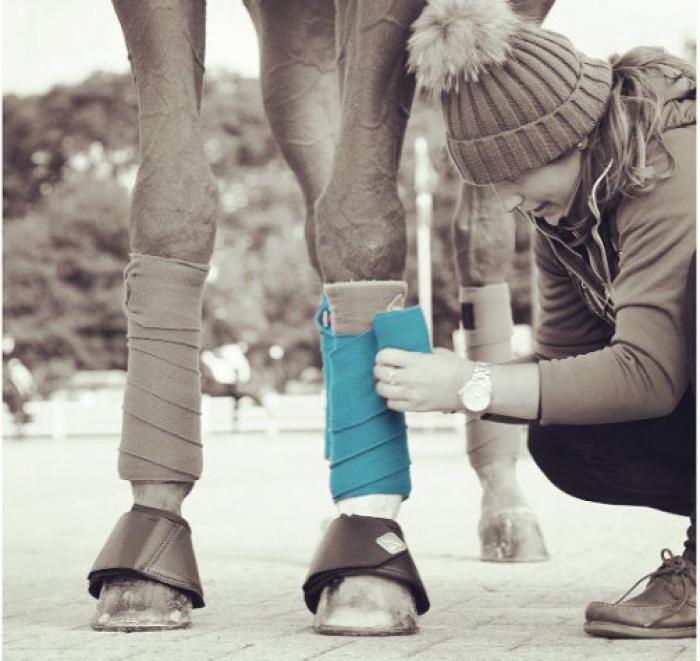
There are lots of theories regarding which methods work best. There are various options and some great products on the market. Cold hosing is one of the easiest and cheapest options, however this can be quite time consuming as research suggests that you should hose each leg between 5-10 minutes to cool them adequately.
BLOG ARCHIVE
- 2025 (16 ENTRIES)
- 2024 (52 ENTRIES)
- 2023 (60 ENTRIES)
- 2022 (35 ENTRIES)
- 2021 (24 ENTRIES)
- 2020 (19 ENTRIES)
- 2019 (45 ENTRIES)
- 2018 (36 ENTRIES)
- 2017 (7 ENTRIES)
What the personal accident policy covers you for:
- Whilst at work
- All stable duties – mucking out, grooming, washing off, turning out
- Clipping
- Riding – including hacking and jumping
- Hunting
- Lunging
- Breaking in
- Holding horse for a vet and other procedures
- Travelling horses both in the UK and abroad
- Competing in line with your job including: jumping, dressage, eventing
- Injuries that may happen to you whilst you are teaching - but you must also be grooming as part of your duties and not be a sole instructor
What the personal accident policy doesn’t cover you for:
- Riding in a race, point to point or team chase
- Stunt Riding
- Accidents occurring whilst travelling to and from work
- Riding and competing your own horse (but you can upgrade when applying for membership to include this)
- Public Liability – this is a separate insurance policy - the Freelance Groom Liability Insurance
- Care Custody and Control – this is a separate policy - the Freelance Groom Liability Insurance
If you require additional cover then please contact KBIS directly.
| GROOM | RIDER | EMPLOYER | |
|
When you are working for other people you do most of the following; muck out, turn out/catch in, tack up, groom horses, exercise Horses (including hacking, jumping and schooling), in the care of your employer/client. |
|
|
|
| Predominantly ride horses for other people including schooling, exercising and competing. | NO |
YES |
YES |
| Provide grooming services for someone else either full time or on a freelance basis i.e. an employer or a client. | YES |
NO |
NO |
| Employ staff – have an employers liability policy in your name | NO | NO | YES |
| Buy and sell horses | NO | YES | YES |


